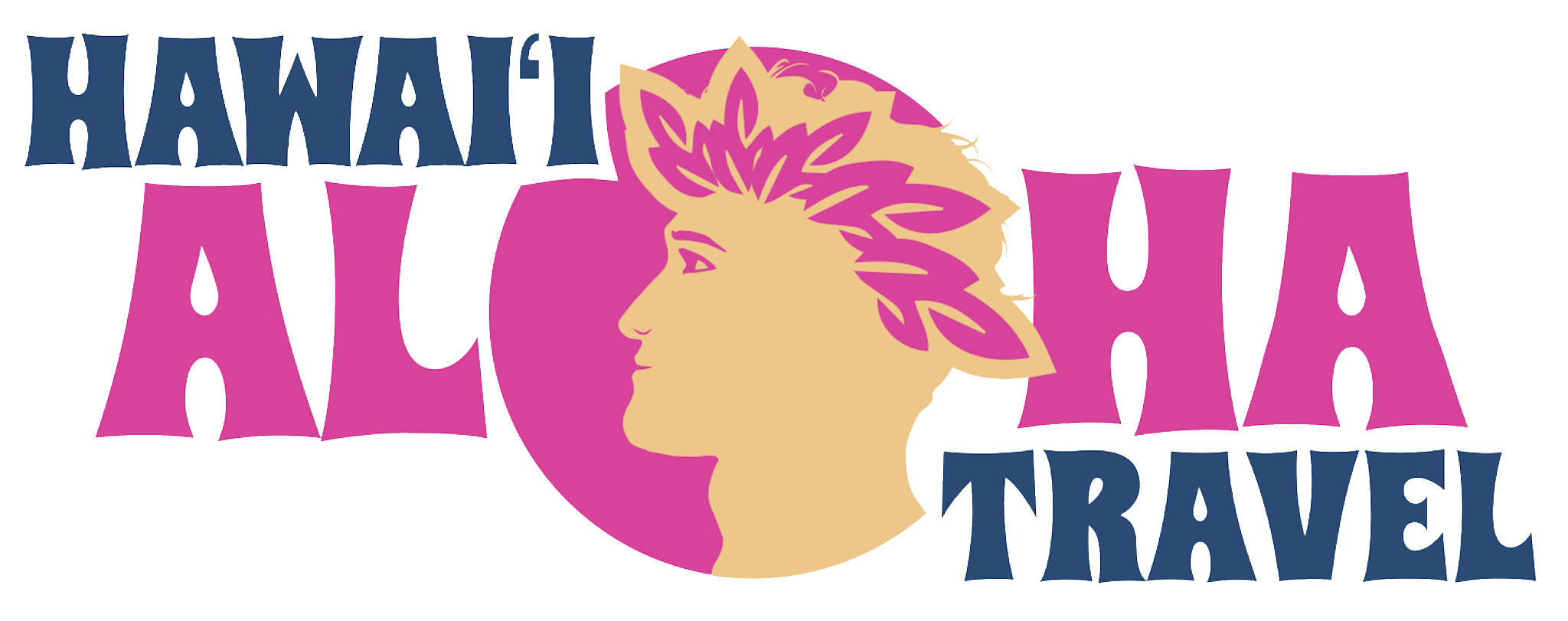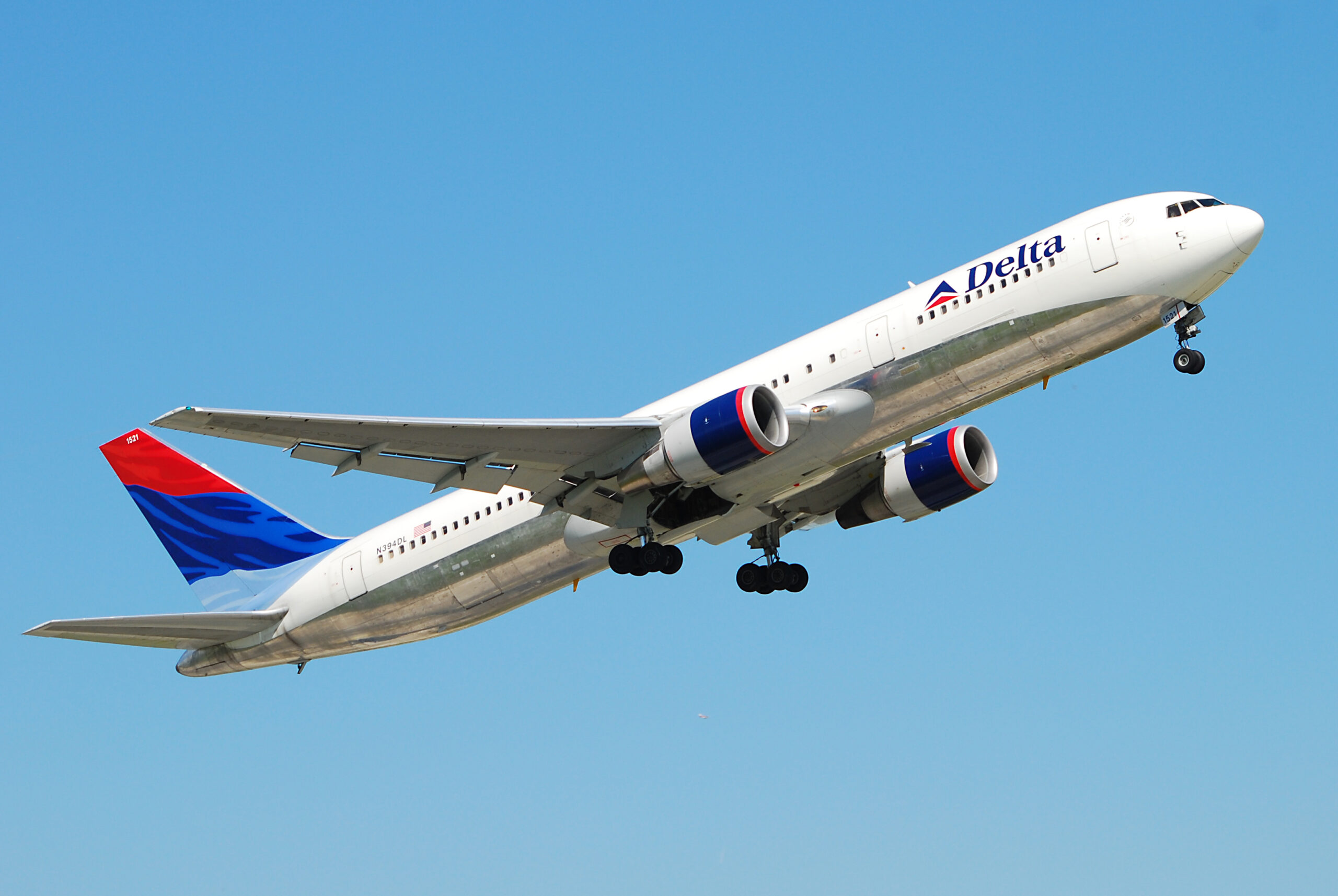No matter where you’re coming from, a trip to Hawaii requires you to fly a rather long distance to get here. And, long flights often mean dreaded jet lag. Yep, you can spend months looking forward to your dream Hawaii vacation only to spend the first few days sluggish and lagging behind.
First off, what is jet lag? According to the National Sleep Foundation (NSF), jet lag occurs “when your circadian rhythms are slow to adjust to the new time zone and remain on their original biological schedule for several days. This results in your body telling you it is time to sleep when it’s actually the middle of the afternoon, or it makes you want to stay awake when it is late at night.”
General Tips
The good news? You actually have quite a bit of control over how much you suffer, and we’ve found a few tips that can help you bounce back faster when you have jet lag during your Hawaii vacation:
- Be a smart scheduler: The NSF suggests you select a flight that allows early evening arrival and stay up until 10 p.m. local time. (If you must sleep during the day, take a short nap in the early afternoon, but no longer than two hours. Set an alarm to be sure not to oversleep.) When it comes to Hawaii travel, though, this is often easier said than done. Often, you have little choice when your flight to Hawaii will arrive, especially if you have a layover.
- Be a good consumer: The NSF also says you should avoid alcohol or caffeine at least three to four hours before bedtime. Both act as “stimulants” and prevent sleep.
- Get outside: According to the NSF, you should try to get outside in the sunlight whenever possible. Daylight is a powerful stimulant for regulating the biological clock. (Staying indoors worsens jet lag). In Hawaii, that’s typically not a problem!
- Make a gradual shift: Forbes suggests making gradual sleep modifications before you leave. For example, if flying east, you should gradually advance (i.e., move bedtime earlier), and if flying west, you should gradually delay (i.e., move bedtime later).
- Take care of yourself: Eat right, sleep right, and exercise. Now for the hard part: You’ve actually got to do this! It’s been suggested that the better you feel overall, the lighter the jet lag.
- Wiggle your toes: This may sound a little crazy, but some people say you can get rid of jet lag quickly by putting your bare feet on the ground (or the grass or the sand). Apparently, you just wiggle your toes around for a while. Again, really easy to do in Hawaii — kick off those shoes right at the airport!
- Modify your diet: There are a lot of cooky “jet lag diets” out there, but none have been proven to work. In fact, one approach calls for no food at all for 12 to 16 hours before breakfast time at your destination. But, again, anything (within reason) may be worth a try if it helps relieve jet lag during your Hawaii vacation.
When you arrive in paradise, you’ll want to shake a tail feather, of course! There are so many Hawaii activities to book through Hawaii Aloha Travel, like surfing, scuba, and snorkeling. But, sleep experts actually say you should take it easy for the first few hours after arrival. That way, you can give your body time to adjust.
My Mom, who was a flight attendant for 30 years, told me that you need to expect a day of jet lag for every time zone you cross. So, expect at least a little bit of discomfort. But, try these tips to minimize the impact.
Tips for the Flight
You’ve heard about ways to beat Hawaii jet lag before take-off and after landing (check your Hawaii Aloha Travel Blog), but what about DURING flight? One of the best ways to beat Hawaii jet lag is to get some much-needed sleep on the plane ride over. This is especially true if you can “get” on Hawaii time by catching a few zzz’s mid-flight.
So, here are some tips to help you sleep during your flight to paradise, so you won’t have to deal with too much Hawaii jet lag once you get here (some tips courtesy of Forbes magazine):
- Choose your seat wisely: Sleep experts agree that first and business-class seats make sleep easier, due to the wider seats and deeper recline. But, you’re not completely out of luck if you’re stuck in the economy. If your airline has a premium economy section, on long-haul flights it’s worth buying up or getting an exit row seat. You may be able to stretch to a plank position to mimic your sleeping position at home. Or try a window seat, so you can put a pillow against the window for padding (plus you won’t have people crawling over you to get out). Avoid seats at the back of the plane because the back of the plane moves more than the front. Also, avoid seats in heavy traffic areas such as by galleys and lavatories where motion and commotion can keep you up. And make sure your seat reclines. Many in exit rows or in the last row of a cabin do not.
- Say NO to the movie: Every flight I’ve taken to Hawaii has some sort of entertainment available, and it’s usually a movie (which I always watch). But, actually, sleep experts say you should avoid watching anything one hour before your desired plane nap time because the blue-spectrum light devices emit are very activating and can delay sleep. It stimulates the circadian clock that controls our circadian rhythm.
- Bye-bye Happy Hour: What better way to celebrate your trip to Hawaii than with a cocktail?! Unfortunately, sleep experts say alcohol is a no-go if you want to sleep on the plane. Apparently, at high altitudes, alcohol becomes more potent and dehydrates the body, essentially destroying the sleep architecture. Worse, it can put people at risk for sleep apnea. Instead, drink water. Some studies have shown that adequate hydration aids with sleep (just don’t drink too much or you’ll be at the lavatory often).
- Consider taking a sleeping pill: DO consider using a sleeping pill if the flight is at least 7-8 hours. But, make sure it’s the right pill for you after consulting with your doctor. If you take longer-acting medications, you can risk deep vein thrombosis if you sleep too long.
- Caffeine no-no: Experts say caffeine has a long half-life and stays in the system several hours after consumption. This may, in turn, make it more difficult to sleep in flight.
- Control your environment: If you have “environmental insomnia” (lack of sleep brought on by your immediate conditions), you need to control your environment. Screaming babies, small seats, too hot and too-cold temperatures, loud plane mates, inopportune announcements, turbulence, and the like mean that you may have trouble drifting off. So, do your best to control your environment by creating a comfortable space. Helpful tools include an eye mask, neck pillow, ear plugs, comfortable clothing, and a blanket. Keeping warm is key.
Sure, we all get excited about coming to Hawaii — and it can be tempting to spend your flight time reading up about all the fun Hawaii activities in store for you (imagine yourself horseback riding, snorkeling, and parasailing). But, catching some winks may help you acclimate to the time zone here and prevent too much Hawaii jet lag.
Flying to and from Hawaii
When flying to Hawaii, you’re traveling west, which means you gain time. For example, in the spring and summer months of California, if you travel to Hawaii you will gain three extra hours. In the fall and wintertime, you gain two hours in Hawaii, due to daylight savings time. Each state varies depending on its time difference, but regardless, Hawaii Time is earlier than the mainland.
But when folks travel back home, it is much harder to acclimate to the time change than when they initially came to Hawaii. This is because you are now traveling in reverse, and you lose time, as opposed to gaining it. This means you lose sleeping hours and, therefore, are much more tired. All we can say to this is, that at least you got some good sleep and extra daylight hours while you were in Hawaii! Also, plan ahead for this jet lag. You can do this by getting on a (flexible) sleep schedule a couple of days prior to your departure home. Make sure the kids are in bed at a reasonable hour, and try to sleep a solid 8 hours. This will prepare your body for the transition back to the mainland.
Our Facebook fans also talked about the jet lag they experience in Hawaii, because realistically, you will experience it. But for most people, the jet lag came in the form of waking up early while on vacation (even though vacations are supposed to mean sleeping in!). Most travelers will wake up anywhere between 2:00 a.m. and 5:00 a.m. Hawaii time because their bodies still regulate based on mainland time. 4:00 a.m. in Hawaii is really 7:00 a.m. in California during this time of year, which means many people will be waking up in Hawaii before the sun comes up. So for those early risers, you’ll probably be hitting the beach and your daily activities around 8:00 a.m. because you will have already spent a solid three hours hanging out at the hotel.
For those who may be traveling to Hawaii from a further distance away (the east coast), or are more affected by jet lag, we recommend taking a day or two to acclimate, once you’ve reached the islands. You have your whole vacation ahead of you, so there is no need to overbook yourself during your first couple of days or tire yourself out. Depending on what time you fly into Hawaii, we suggest taking it easy. Allow yourself a nap on the couch or the beach, don’t schedule any exhaustive activities (such as hiking or shopping), and let yourself settle into the new surroundings. Take it easy with a book, cocktail hour, or unpacking, and don’t worry about maximizing the first day or two. Also, getting acclimated can also mean adjusting to the weather, and this takes a day or two as well.
What I’ve experienced the most as far as Hawaii jet lag goes is, that most people are tired after they arrive simply because traveling is exhausting. Also, the next day or two after the traveling, I feel people are mostly tired mid-way through the day and in the evening. If this is the case for you, then I would plan to take a catnap during the day, so you can feel rested for the evening’s events. Ease yourself into the vacation; don’t try to cram a ton of things into the first couple of days. Be aware of the fact that your body will need adjustment and don’t get upset if you feel tired at odd hours. This is your vacation; you’re supposed to get plenty of relaxation anyway!
We’re here to help, check out our All-Inclusive Hawaii Packages or get help with airfare, picking hotels or activities. If it’s in Hawaii we can make it happen.
Get Help With Planning



